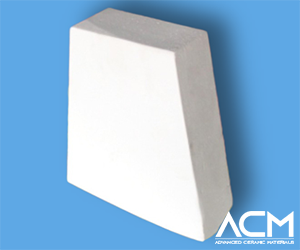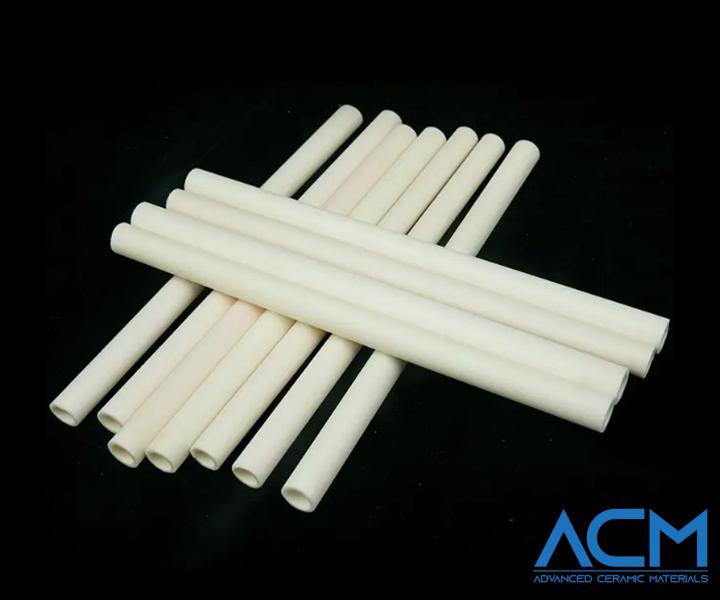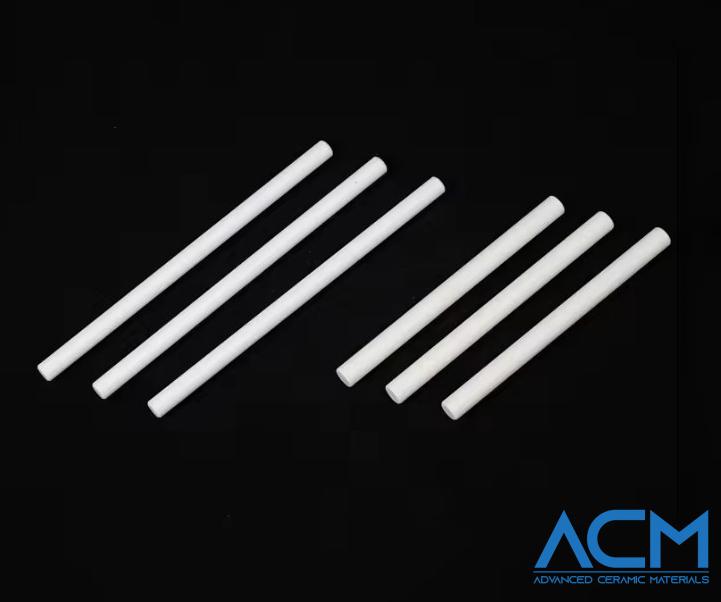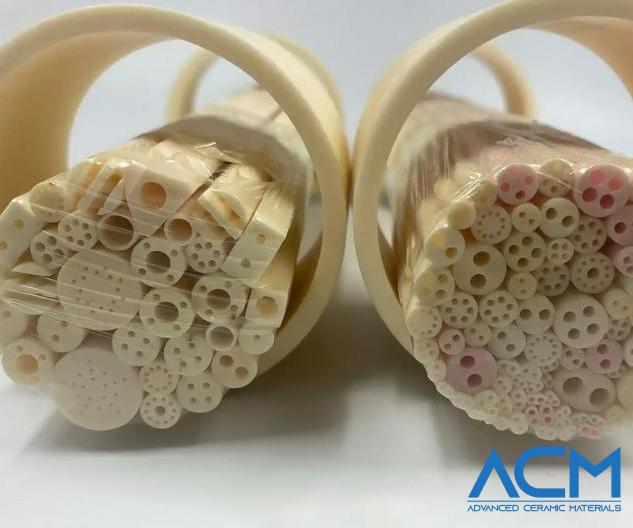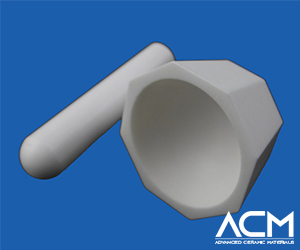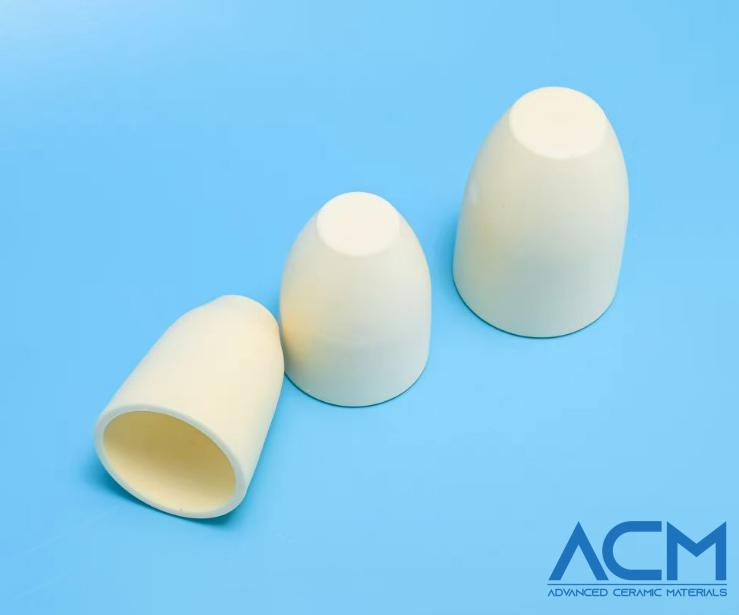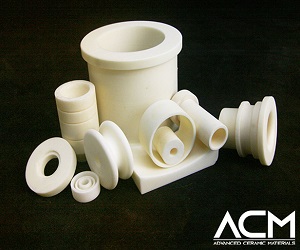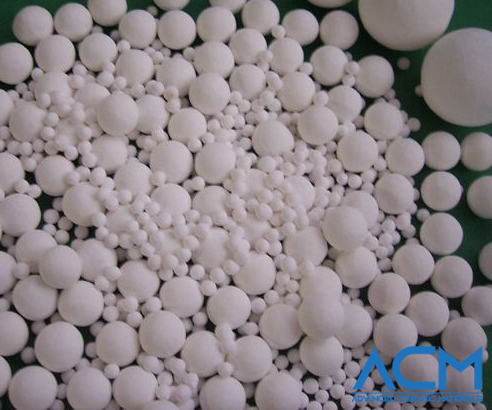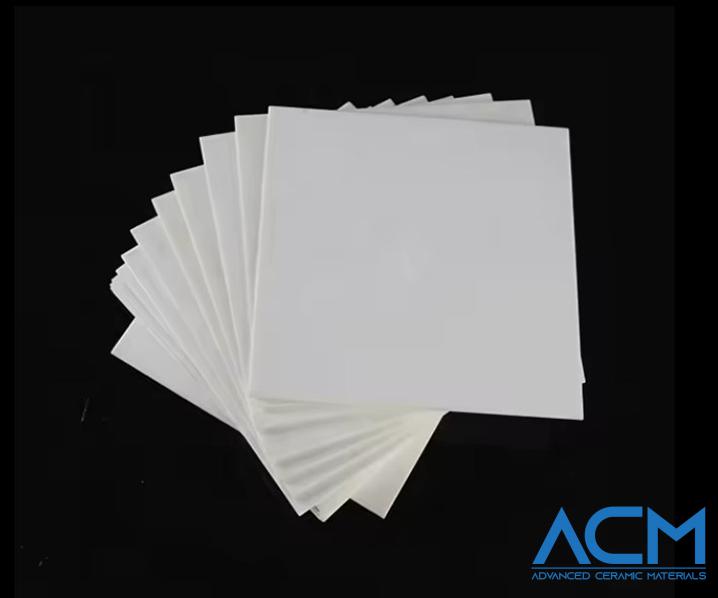AC2469 Alumina Foam Brick, Aluminum Oxide Foam Brick
- Catalog No. AC2469
- Material Cordierite, Mullite, Corundum, Zirconia
- Number of Cells / inch2 60-400
- Micro Cell 2-3 μm
Datasheet
Inquiry
AC2469 Alumina Foam Brick, Aluminum Oxide Foam Brick
Alumina Foam Brick Description
Alumina foam brick has excellent resistance to corrosion and corrosion of molten aluminum, so it can effectively remove inclusions. Due to its lightweight and low thermal conductivity, the foamed alumina has less accumulated heat energy and an obvious energy-saving effect. The precise appearance dimensions of alumina filter bricks can speed up the masonry speed and ensure high strength and stability of the masonry.
Alumina Foam Brick Advantages
Alumina foam bricks have the following advantages:
- Higher strength than refractory ceramic fiber and a lightweight ceramic brick.
- Low density
- Low thermal conductivity and linear thermal expansion coefficient.
- Great thermal shock resistance.
- Safe and rapid maintenance.
Alumina Foam Brick Specifications
| Item | SAMCFI-C1 | SAMCFI-C2 | SAMCFI-C3 | SAMCFI-C4 | SAMCFI-C5 |
| Bulk density/g·cm | 0.8 | 1 | 1.2 | 1.4 | 1.6 |
| Al2O3 content/% | ≥99.6 | ≥99.6 | ≥99.6 | ≥99.6 | ≥99.6 |
| Impurity % | ≤0.1 | ≤0.1 | ≤0.1 | ≤0.1 | ≤0.1 |
| Compressive Strength (Mpa) | ≥30 | ≥65 | ≥72 | ≥97 | ≥135 |
| Reburning line change rate(1800°C×12h)% | ≤0.45 | ≤0.4 | ≤0.35 | ≤0.35 | ≤0.3 |
| Heat conductivity coefficient W/(m.k) | 0.85 | 0.9 | 0.9 | 0.95 | 1.2 |
| Mean temperature 1100±25°C | |||||
| Working temperature/°C | 1800 | 1800 | 1800 | 1800 | 1800 |
| Max. temperature/°C | 1850 | 1850 | 1850 | 1850 | 1850 |
Alumina Foam Brick Applications
Alumina ceramic foam brick can be used as the heat-insulating layer of the refractory lining on the hot side, especially in the high-temperature reducing atmosphere furnace (1850 °C). It can be used for a long time under 1800 °C air and reducing atmosphere.
Request a Quote
-
Attachment (Optional)
No file chosen









